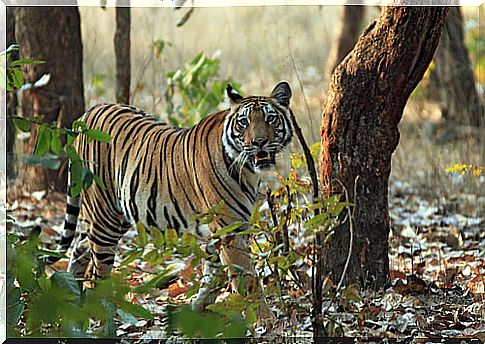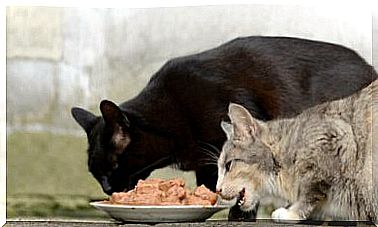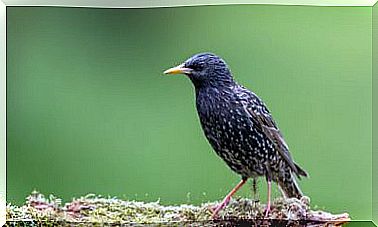What Are National Animals?
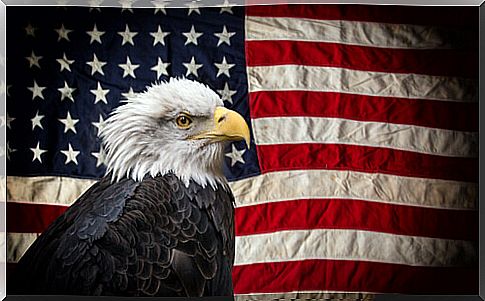
To decide which species will represent them internationally, countries are based on those that inhabit the territory and are typical of the ecosystem. Of course there are also national animals related to mythology or culture. Get to know some of them in the following article!
Examples of national animals
That Australia has chosen the kangaroo, China the panda and Spain the bull is not a coincidence: each country is in charge of determining its national animal based on the species that are most present in its territory or that are related to history and history. culture. Some more examples:
1.- Bald Eagle (United States)
It is not only present on the national coat of arms and on the quarter dollar coin, but its image – the one that opens this article – is used as a synonym for strength, power and skill and is also venerated by the natives. The bald eagle actually has feathers on its head, but these are lighter than the rest of the body, which is darker. One of the outstanding characteristics of this bird is its large yellow beak.
In the neighboring country, Mexico, the golden eagle is the national animal, although it is not an endemic species of this territory: it also lives in Europe and Japan. She was even chosen by Germany to represent them.
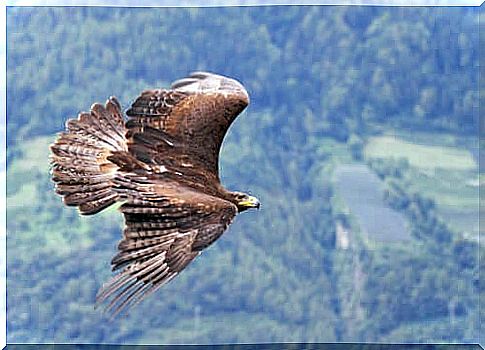
2.- Birds of Central America
Most Central American countries have chosen a different bird to represent them internationally. This is because the area is one of the most prolific in terms of these animals. The quetzal in Guatemala, the red guara in Honduras, the red flamingo in the Bahamas and the red-billed hummingbird in Jaimaica are some examples.
3.- Vicuña (Peru)
In South America, many birds are also national animals (hornero in Argentina, condor in Bolivia, Colombia and Ecuador or tero in Uruguay), but without a doubt the most representative of the Andean zone –and of Peru specifically– is the vicuña, a direct relative of the desert camels and a relative of the alpaca and the llama.
These small camelids, weighing up to 50 kilos with light brown fur, inhabit areas more than 3,200 meters above sea level. They have the ability to walk on hot rocky ground, and they feed on low grasslands.
4.- Gallo (France)
We must make a differentiation with the ‘common’ rooster, chosen as the national animal in Portugal. The Gallic rooster is the one that represents France – it is even present in sports such as football, rugby and fencing – and we can see it in various monuments and designs throughout this country.
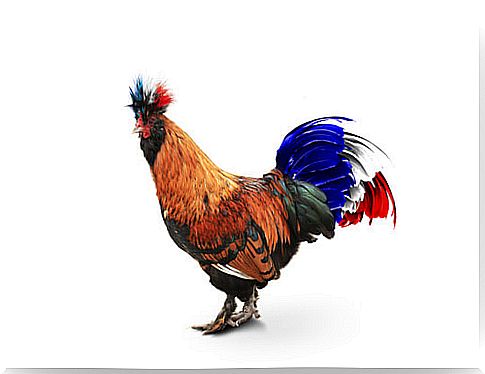
5.- Moose (Sweden and Norway)
Both countries share not only the territory where they live (Scandinavia), the hostile climate and several of their customs, but also the national animals. They have chosen the elk because it is the species that most inhabits their cold and snowy forests.
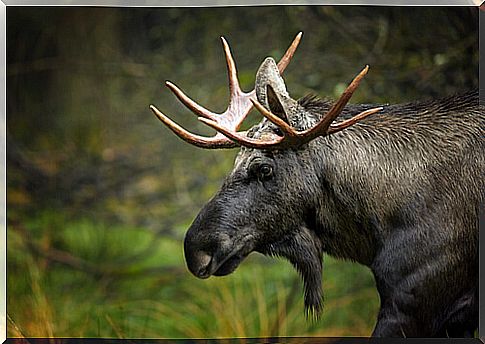
From the cervid family, this mammal has a great sexual dimorphism: the male has large antlers, which are its main hallmark. They form small herds in winter, are guided by smell and hearing and feed on leaves, branches, stems and bark of trees.
6.- The Big Five Africans
As with the vast fauna of the continent, the national animals of Africa are also very diverse. Of course, several countries have chosen one of the ‘big five’ to represent them: lion in Ethiopia, leopard in Somalia, elephant in Kenya and buffalo in Zambia. Only the rhino was missing to complete the team!
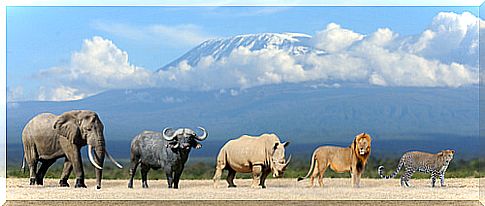
7.- Bengal Tiger (India)
This subspecies of the tiger inhabits several countries in the region, more precisely in the forests and savannas (it is also the national animal of Bangladesh). It can measure up to three meters and weigh about 230 kilos.
